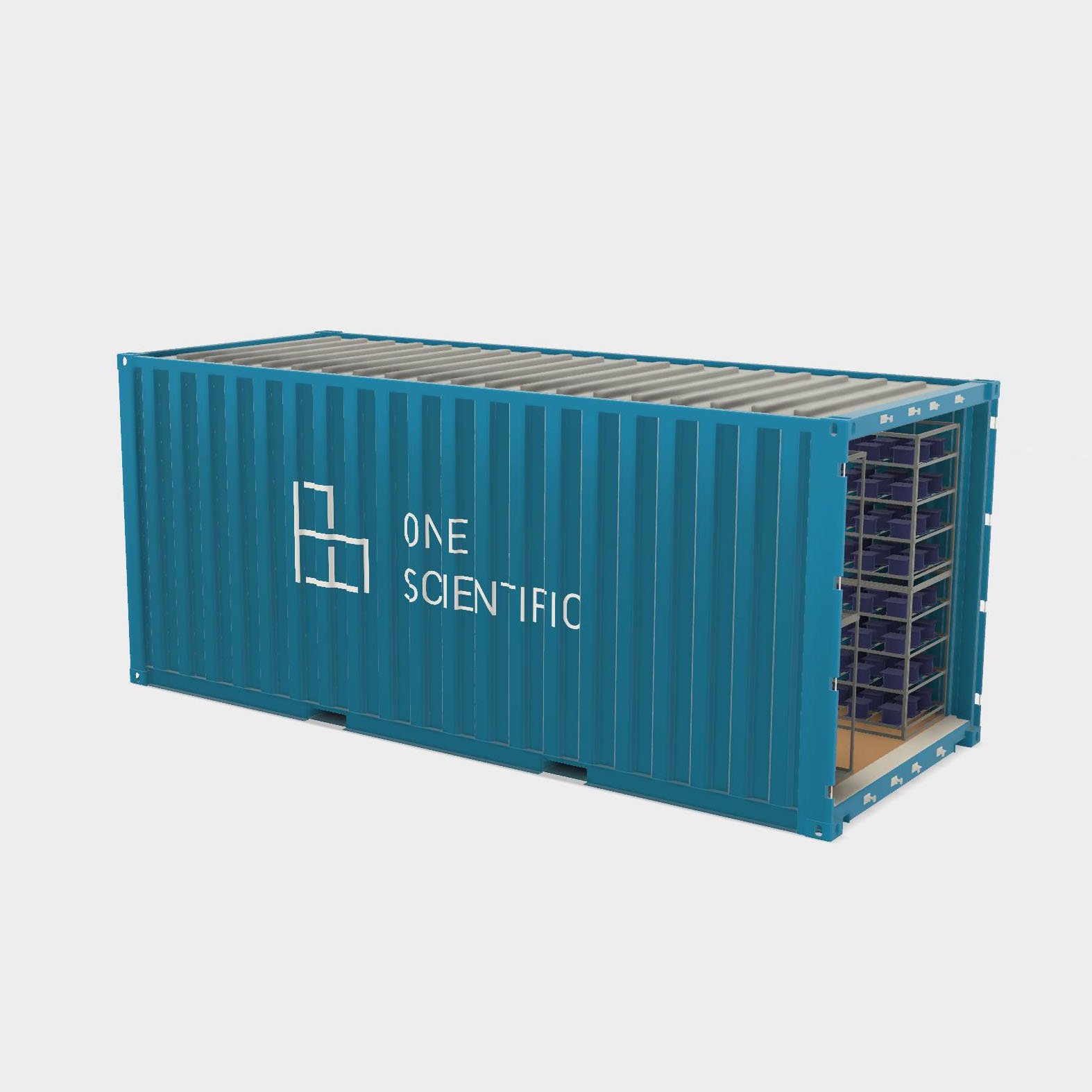Onsite Generation
Producing hydrogen directly at the point of use offers cost savings by eliminating transportation and third-party markup, logistical benefits such as flexibility and scalability, and enhanced reliability through continuous supply and customization. These advantages make on-site hydrogen production an attractive option for a wide range of industries and applications, particularly in situations where efficiency, control, and reliability are paramount.
cost savings
Elimination of Transportation Costs: One of the most substantial cost savings comes from eliminating the need for transporting hydrogen from a central production facility. Long-distance transportation can be expensive, especially if it involves compression, liquefaction, or specialized containers.
Reduction in Distribution Losses: Transporting hydrogen over long distances can result in losses due to leakage and other factors. On-site production minimizes these losses, ensuring that the hydrogen generated is efficiently utilized.
Avoidance of Third-Party Markup: When purchasing hydrogen from suppliers, users often pay a markup that includes transportation, storage, and handling costs. Producing hydrogen on-site allows users to avoid these additional expenses.
logistical benefits
Flexibility in Location: On-site hydrogen production systems can be installed wherever they are needed, making them suitable for a wide range of applications, from industrial settings to remote locations.
Scalability: Users can design on-site production systems to match their specific needs. They can easily scale up or down production capacity based on changes in demand, providing flexibility and cost-efficiency.
Reduced Infrastructure Requirements: For remote or off-grid locations, on-site production eliminates the need for complex infrastructure to transport hydrogen, simplifying logistics and reducing upfront investment costs.
Reliability
Continuous Supply: On-site production ensures a continuous and reliable supply of hydrogen, even in situations where external factors might disrupt the supply chain, such as transportation disruptions or natural disasters.
Redundancy: Users can implement redundant on-site production systems to enhance reliability further. If one system experiences downtime, another can take over to prevent production interruptions.
Customization for Specific Applications: On-site production systems can be tailored to the precise requirements of a particular application, ensuring that the hydrogen produced meets specific quality and quantity standards.
Safety: On-site production can minimize the risks associated with storing and transporting hydrogen over long distances. Smaller-scale production systems are often designed with safety features and can be located in controlled environments, reducing safety concerns.



